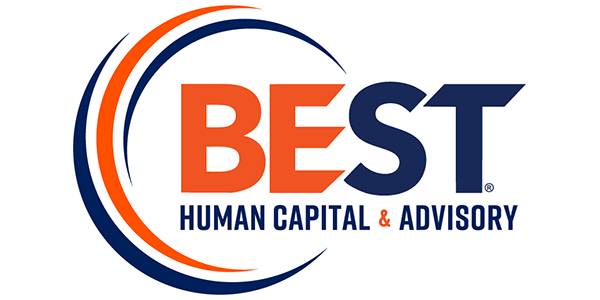
Successful Retention Strategies (Part 2 of 4): Recruiting
As the year continues to see upheaval and tremendous instability with rising inflation, tight supply chains, and persistent pandemic fears, the labor market also remains the tightest in recorded history. The Great Resignation has left many businesses scrambling to fill open roles and struggling to figure out how to continue growth or achieve strategic plans […]








